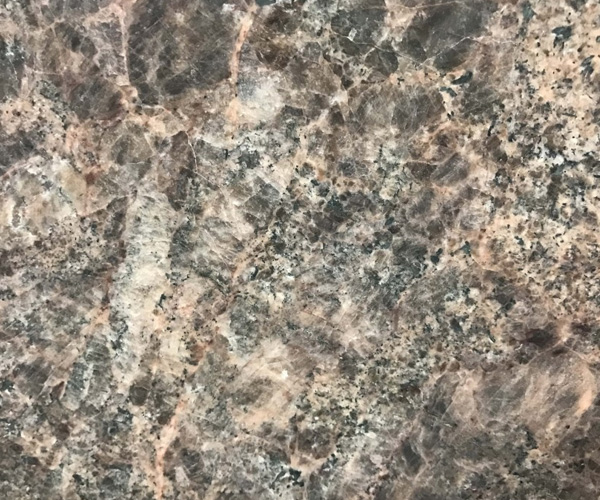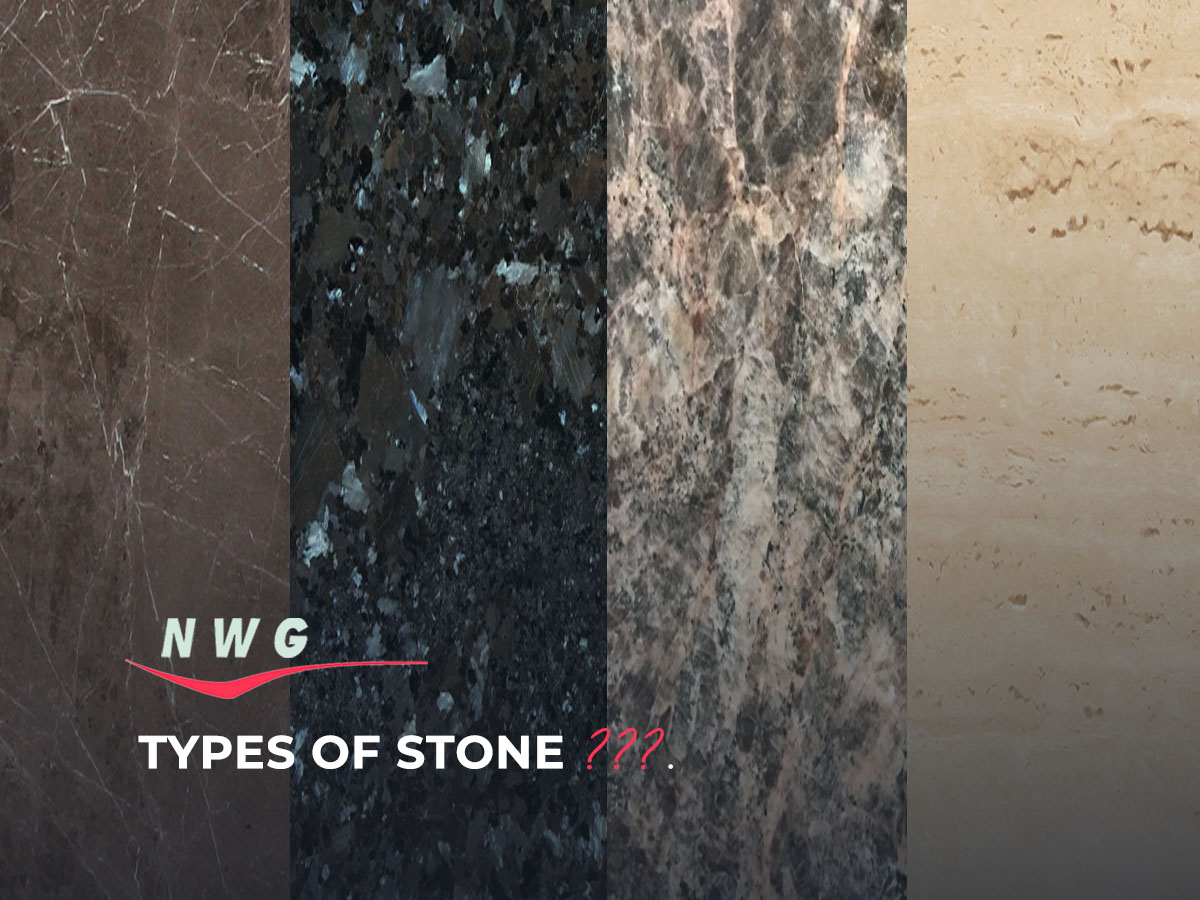
Granite
Granite has been a cornerstone of construction for centuries, renowned for its durability, versatility, and timeless beauty. This igneous rock, formed under immense pressure deep within the Earth, is incredibly dense and non-porous. The slow cooling process allows its main minerals to develop into visible sizes, creating a stunning array of unique colors and patterns.
Whether used for walkways, driveways, or countertops, granite adds a special touch to any space, making it perfect for functional kitchen tops or eye-catching showcase counters.

Marble
Marble is a popular choice due to its distinctive patterns, durability, and versatility for various applications, including flooring and sculptures.
Formed naturally over time through intense heat and pressure on limestone, marble’s unique crystalline structure allows it to be polished to a high-gloss finish, creating a beautiful sheen.
Available in both a shiny, mirror-like finish ideal for interiors and hallways, and a matte finish suitable for bathrooms, marble offers a sophisticated touch to any space.

Quartz
Quartzite, originally derived from sandstone, is a hard metamorphic rock known for its classy and stylish natural hues, making it perfect for timeless interior surfaces. Formed under the heat and pressure associated with tectonic compression in orogenic belts, quartzite’s original quartz sand grains and silica cement fuse into a solid stone with unique patterns.
Pure quartzite typically appears white to grey, but it can also be found in shades of pink and red due to iron oxide, or in other colors from various impurities or minor mineral content.

Travertine
A classic inspiration is the timeless travertine, formed during the transitional period between limestone and marble. Over approximately 20 million years, dissolved limestone underwent intense pressure from steam and hot water deep within the Earth’s core. The rising hot water dissolved the limestone and molded granules, creating mud beds on the surface. Over time, these mud beds cooled and crystallized into the solid stone known as travertine.




